 |
| A slightly blurry jet-lagged elevator selfie, which – yes – I could have taken on an iPhone. At least I didn’t add a fake film rebate… |
Rangefinders are weird. The idea that superimposing a small ghostly image in the middle of a tunnel-type optical viewfinder is in any way superior to focusing with an SLR, (let alone using autofocus) is frankly bizarre, in this day and age.
In the digital world, a lot of people use the word ‘rangefinder’ rather lazily, to mean anything with a viewfinder positioned on the upper left of its back, but real rangefinders are uncommon. So uncommon, in fact, that Leica (the company which arguably perfected the technology) has made only ten substantially new cameras of this type since the mid 1950s.1
 |
| Grabbed quickly on my way back to my hotel on the new 35mm Summilux, this F2 snapshot isn’t pin sharp but by the time I’d nailed focus, the dog had moved. |
I’ve always had a soft spot for the M-series, but if I’m being honest, their appeal has always been at least as much romantic as practical. They’re finely constructed, some of my favorite photographers used them, and they look beautiful. More so the film models, admittedly, but the M10 still retains a lot of the same aesthetic appeal as my all-time camera crush, the M6. Maybe I’m just shallow.
I also collect vinyl. Not because I believe it sounds better than CD or MP3 (it doesn’t), but because I’ve always been a pops and crackles kind of guy, and when it comes down to it, I don’t trust music that doesn’t weigh something. If that makes me a hipster, I’ll save you the bother of leaving a snarky comment and just admit it now.2
Speaking of music, I’ve heard it said that if you write a song on a banjo, and the song works, then it’s probably a good song. The point of course being that because the banjo is so simple, and so limited an instrument compared to (say) the electric guitar, it forces the composer to focus on the essentials of structure and melody.
 |
| One of relatively few examples of successful zone focusing from my trip. I estimated subject distance at a little over 6 feet (one an a bit me’s) and shot waist-level on the 35mm Summilux at F5.6 to give a small margin for focus error. |
I can’t play the banjo, but I feel much the same way about shooting with a rangefinder, compared to (say) a modern DSLR. It’s a substantially less versatile tool, which forces me to slow down and think more about the photographs I take (and what kind of photographs I take). A day of shooting with the M10 can be very rewarding for this reason, but it can also be hugely frustrating. I’ve been spoiled by zoom lenses, autofocus and multi-zone metering for the better part of 20 years. At this point, shooting with a rangefinder, even a relatively sophisticated digital rangefinder like the M10, can feel a bit like trying to juggle with only one hand, and frequently did, on this trip.
“Who needs autofocus when you’ve got zone focusing?”
‘Who needs autofocus when you’ve got zone focusing?’ That’s a comment I just read on the Internet. Who needs autofocus, you ask? I do, apparently, judging by the miserable hit-rate I achieved during my first experiments with zone focusing. To my credit, I did get better, but accurately estimating distance by eye is tricky, and takes practice.
 |
| A less successful example of zone focus, also taken with the 35mm Summilux. I like this shot, and on film I’d probably call it acceptably sharp, but it’s not sharp enough for a DPReview sample gallery. My distance estimate was a bit off (the wall behind my subject is where the plane of focus has ended up) and it looks like a touch of camera-shake has crept in, too. |
Here’s a tip though – using their own height as a reference, most people can estimate distance roughly by imagining themselves lying down, and asking ‘How many me’s away is that person/thing?’
Try it now – it’s OK, I’ll wait.
See what I mean? Fortunately, I’m a simple, easy-to-visualize, boringly average, already-engraved-on-the-focus-ring 6ft in height, and that’s about the right distance away for a lot of candid street portraits. Shooting in this way, I’d position the focus ring at 6ft, set a conservative aperture of around F5.6-8 to account for some slop, and bingo – things would usually end up more or less in focus.
Note my use of the word ‘usually’ and the term ‘more or less’…
 |
| Nailed it. A successfully zone-focused F4 shot, taken in the same indoor market as the previous image. The small size and unobtrusive appearance of the M10 (once the ostentatious red dot has been taped over) tends not to draw much attention. |
The last time I shot with a rangefinder for any length of time I was using an M3, usually loaded with black and white film. Truly accurate focus didn’t bother me much, back then. Aside from anything else, being a 3-dimensional medium, film is very forgiving of minor focus errors. Not so the perfectly flat sensors inside digital cameras. And let me tell you, 10 years’ subsequent training as a professional pixel-peeper (try saying that when you’ve been moderating comments all day) is hard to shake.
Working with the M10, one of the first things I had to get over was the learned fallacy that a shot is only worth keeping if the subject is exactly in focus. Maybe one day I’ll be able to judge distance and framing with 100% accuracy when shooting from the waist, but I’m certainly not there yet. Until then, and for the sake of my own sanity, I’m trying to to concentrate a little more on caring a bit less.
Small and discreet
The M10 is small and discreet enough that often, you can snap quick moments without getting in anyone’s way or attracting too much attention. But in order to do this, you’ve got to be quick. You can’t standing there dumbly for ages like a second-rate living statue, fiddling with focus or exposure with the camera to your eye, or fretting over exact framing.
Often during my shooting, if the light was reasonably consistent I’d check accurate exposure using the built-in meter from time to time, but keep aperture, shutter speed and ISO locked. At this point, with the lens set to the hyperfocal distance for whatever aperture, taking a picture became a simple matter of raising the camera to my eye, and pressing the button.
 |
| One thing I’ve greatly enjoyed doing with the M10 is shooting with some classic lenses. This F4 portrait of my friend and frequent tour-guide Emi was shot on my 1950s Nikon 5cm F1.4 S.C., (still my all-time best junk shop find). While it’s not in the same league as more modern optical designs, it’s lovely for portraits. Just be aware of curvature of field… |
The transition to pre-setting exposure and focus wasn’t natural, (I’m a control freak, I suppose), but I found shooting like this with a 28mm Elmarit at F8, and either focusing hyperfocally or guestimating focus using the ‘how many me’s?’ method to be quite freeing. It certainly made me much more agile.
In fact, sacrilegious as this might sound to some readers, I think that the M10 is at its best when used essentially as a point and shoot camera – for street photography at any rate.
 |
| Taken at F8 (possibly F11…) on the 28mm F2.8 Elmarit, this shot is one of a sequence of images taken at the lens’s hyperfocal distance. Used in this way, the M10 basically becomes a point-and-shoot camera. |
Speaking of 28mm, while I’m normally more of a 35mm fan, I found myself reaching into my bag for the wideangle frequently when shooting with the M10. Partly for the luxury of a bit more depth of field when shooting street scenes, and partly because I enjoyed being able to live inside the entire area of the M10’s viewfinder. Although slightly improved compared to the Typ 240, it’s still hard to see all four of the the 28mm framelines in a single glance, but given that the finder itself covers roughly a 28mm field of view, for the most part you can just ignore the framelines completely.
 |
| Another hyperfocal shot taken with the Elmarit 28mm, I waited as this group of people descended the staircase, and took a series of images. This one is my favorite. |
When the M10 is used like this, photography becomes a very immersive experience. The finder is brighter and more natural than an SLR’s ground-glass projection, and much more immediate than even the best electronic viewfinder. The 28mm F2.8 Elmarit is tiny, too, and without a hood attached, it does not occlude the finder. Even the premium 35mm F1.4 Summilux is a small lens by DSLR standards. Having that kind of quality in a compact, unobtrusive full-frame package happens to be one of the few unequivocal arguments in favor of rangefinder cameras in the 21st Century, and one that is made loudly (and justifiably) by Leica fans today.
One of the reasons I enjoyed shooting with the M10 so much when traveling is that I’m getting old, and I really don’t like having a lot of weight hanging around my neck when I’m out and about. I walked almost 70 miles in 3 days in Tokyo and Kyoto, and that would have been miserable with a full-frame DSLR and equivalent lens outfit. My back hurts enough already.
Some observations:
- When I was in Kyoto, the M10 got pretty soaked, repeatedly, and continued to work perfectly. Your experience may vary.
- Battery life is fine. It’s not something you need to worry about. You can easily get 500 shots on a single charge if you’re not using live view all the time.
- Connecting a Leica rangefinder to my phone to view and upload images felt very odd, somehow, but worked well enough.
- If nothing else, I sincerely wish the M10 had some kind of horizon level guide. I swear I have one leg longer than the other.
- The M10’s long startup time had less practical effect on my photography than I expected, but I did miss a few shots.
- Aspherics aren’t everything. The Minolta M-Rokkor 40mm F2 is a superb little lens, if you can live with the inaccurate frame-lines in the M10’s viewfinder.
Someone commented on my gallery of samples recently to the effect that ‘in Japan you can’t miss’, but I assure you, you can miss. And I know that because I did miss – a lot.
Several times I raised the M10 to my eye and tried to take a shot, forgetting the camera was turned off, and in the ~1.5 seconds it takes to power up, the scene had changed and the moment had passed. One day, it seemed as if I had the wrong lens mounted the entire day. Every time I switched lenses I’d see a shot that would have worked perfectly with the previous lens, and by the time I’d changed back, once again the moment had gone.
On a murky day in Kyoto3 I apparently forgot everything I’d ever learned about metering, and had to push each of my Raw files by at least +1EV in Lightroom to even see what it was I had tried to capture. A humbling experience, to say the least.
 |
| Rangefinder focusing is tricky, but newer Leica lenses (like the 35mm F1.4 Summilux) have impressively little curvature of field. What this means in practical terms is that provided your subject doesn’t move, it is possible – with practise – to focus and recompose, even at wide apertures. This portrait (which I’ve cropped a little) was shot in a moving train at F2.8. |
Despite offering automatic exposure, live view and all the rest, the M10 doesn’t make life easy for a photographer who’s not used to rangefinder shooting. It definitely provides the smoothest operational experience of any digital M-series I’ve used to date (although our sample does have a habit of crashing from time to time during image review) but the simple fact of the matter is that as I said in the first sentence of this article, rangefinders are weird.
“I would have come back from Japan with more in-focus, correctly-framed shots had I traveled with a DSLR”
Off-center focusing is tricky (there’s a reason why a lot of well-known shallow dof images captured on Leicas have their main subject positioned in the center of the frame) and when shooting using the optical finder, framing might charitably be described as ‘approximate’ 4. Off-the-curtain center-weighted metering takes some mastering, too.
Without question, I would have come back from Japan with more in-focus, correctly-framed shots had I traveled with a DSLR. I’m not afraid to admit it. But at the end of the day, would I have had as much fun? I doubt it – and I certainly wouldn’t have thought as much about my process.
$ (document).ready(function() { SampleGalleryV2({“containerId”:”embeddedSampleGallery_6037658348″,”galleryId”:”6037658348″,”isEmbeddedWidget”:true,”standalone”:false,”selectedImageIndex”:0,”startInCommentsView”:false,”isMobile”:false}) });
1 I’m being pretty strict about omitting sub-variants in that total. The M6 spawned a bazillion special editions for example, most of which I can only assume still languish unused in dentists’ safes, and given that it’s essentially just a (slightly) modernised M3, I’m hesitant to call the fully-mechanical M-A a ‘substantially new camera’. An argument could be made that the Monochroms deserve their own appellation but I’ll leave that to the pedants to decide.
2 Although I would like to lobby for a general Internet policy whereby terms can only be used as insults when the thrower of the insult understands what the term means, and – ideally – when the term itself actually means something to start with. Who’s with me?
3 This article was actually called ‘The Kyoto Photo-call’ for about five minutes, before Allison made me change it.
4 Personally, I find shooting with anything longer than 50mm on a rangefinder to be very frustrating, for this reason.
Articles: Digital Photography Review (dpreview.com)
 let’s take this image.
let’s take this image.
























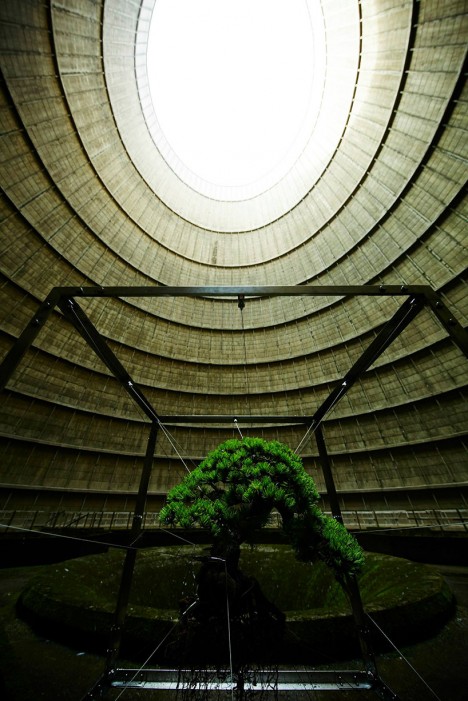
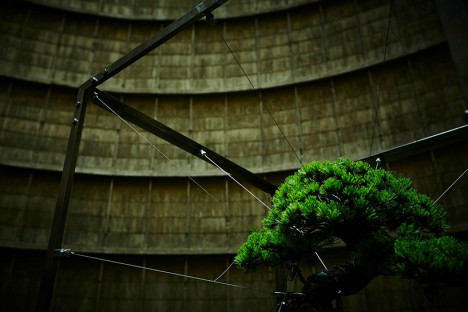
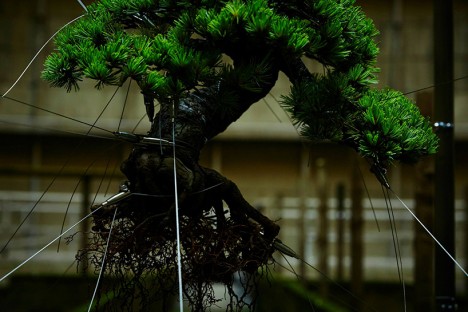











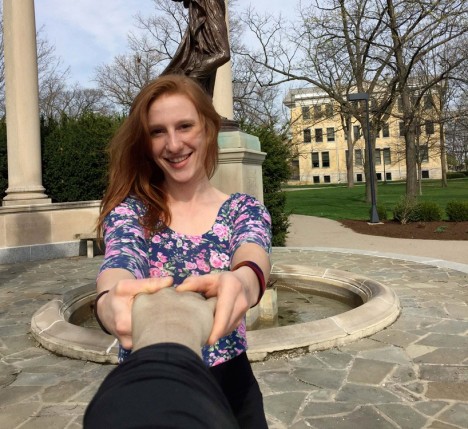
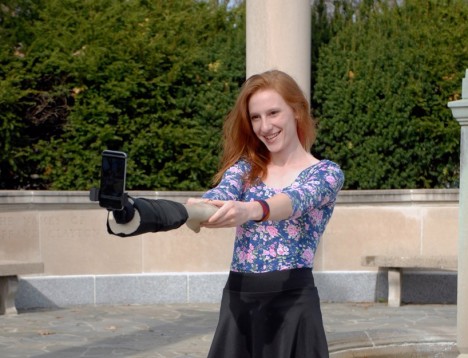
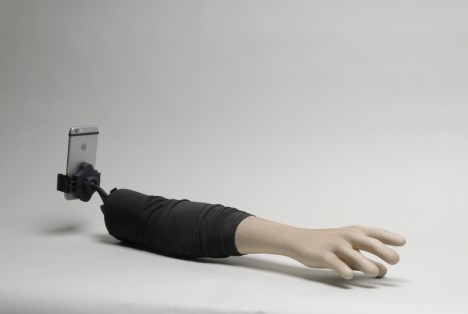

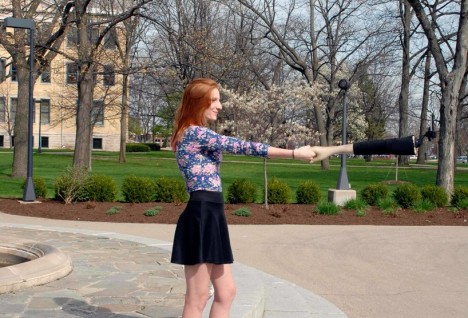
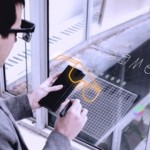



You must be logged in to post a comment.